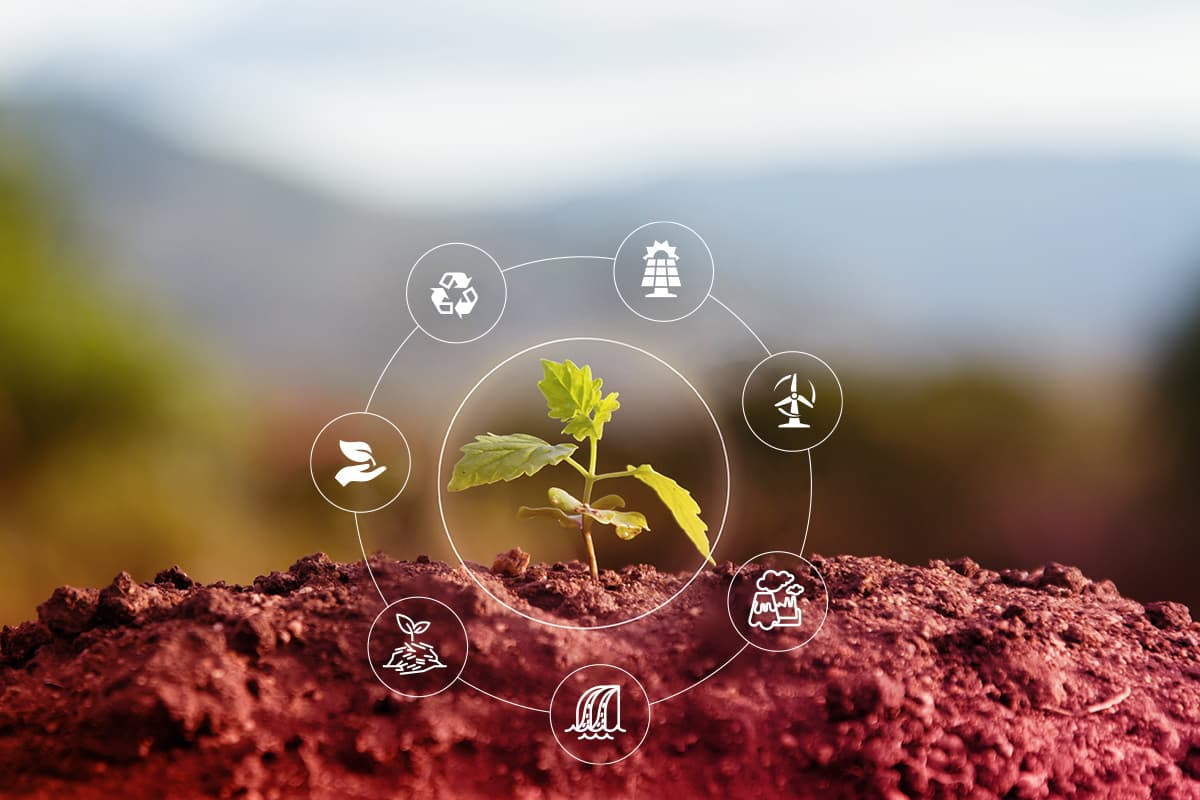
What is in this article?
Like everywhere else in the world, the population in Turkey is gradually increasing. Parallel to this increase, electricity consumption in households, workplaces and industrial plants tends to increase.
Non-renewable energy sources are coming to the forefront as they are the most practical way to effectively meet the increasing energy demand. However, due to their environmental impact and many other reasons, these resources are rapidly being replaced by renewables.
In this article, you will learn what is meant by renewable energy, which is becoming increasingly popular today, what sources they come from, and how they are used in Turkey.
What is Renewable Energy?
Renewable energy is the general term for types of energy that are derived from natural resources. As can be easily inferred from the name, such energy sources have the ability to constantly renew themselves.
Therefore, there is no depletion over time, as with oil. Therefore, the energy needs of the growing population and industry can be easily met from renewable resources.
-
Use Rate of Renewable Energy Resources in Turkey
According to the Electricity Market Development Report 2021 published by the Energy Market Regulatory Authority, the share of renewable energy in total installed power was 48% at the end of 2020, while it increased to 50.02% in 2021.
In terms of consumption, the ratio of Renewable Energy resources to total energy consumption was around 11.9% in 2018.
In licensed electricity generation, the total share of renewable energy resources was set at 40.3% in 2020. In 2021, this share decreased to 33.31%, but it is predicted that the increasing trend will continue with the investments made and the increasing installed power.
What is Non-Renewable Energy?
 Non-renewable energy is that which is derived from sources that cannot be recovered. The reuse of such energy sources and nature's rate of production are not sufficient to meet current consumption needs. Non-renewable energy sources are divided into two distinct categories: fossil fuels and nuclear energy.
Non-renewable energy is that which is derived from sources that cannot be recovered. The reuse of such energy sources and nature's rate of production are not sufficient to meet current consumption needs. Non-renewable energy sources are divided into two distinct categories: fossil fuels and nuclear energy.
Today, energy resources such as petroleum, coal, and natural gas, which are used intensively in many areas from transportation to various industries, are classified as fossil fuels. Although the lifetime of nuclear energy is much longer than that of fossil fuels, it is classified as non-sustainable because it is non-renewable.
Non-sustainability is the most important characteristic of non-renewable energy sources. Fossil fuels are also considered the most important cause of climate change due to global warming because they release large amounts of carbon into the atmosphere when burned.
Nuclear energy does not cause carbon emissions. However, a significant amount of money must be spent to prevent old equipment from harming the environment and human health.
|
BONUS: A Brief Information About Non-Renewable Energy Sources Coal accounted for 32% of electricity generation in Turkey. Natural gas production had a share of 33%. |
Characteristics of Renewable Energy Sources
The most important characteristic of renewable energy sources is that they are carbon neutral. In other words, they do not cause carbon emissions as long as they are extracted and utilized with ideal techniques. After their use, they do not produce waste such as coal slag. Because of these characteristics, they are also called clean energy sources.
The energy produced by the sun, wind or river can be stored and distributed very well. If you live in a family house or there is a suitable place on the roof of your workplace, you can install an electricity collection and storage system. In this way, you can cover part of your electricity needs through this system.
What are Renewable Energy Sources?
Renewable energy sources are divided into 5 different categories. It is possible to list these categories as follows:
1. Solar Power
It is the energy obtained from the sun, which is the largest renewable energy source. The sun's rays needed to generate electricity are collected with the help of panels.
In the period from January to July 2021, the installed power to generate electricity from solar power in our country reached 7,325 megawatts.

2. Wind Energy
It is one of the most widely used forms of energy, along with solar power. The most commonly used instruments for harnessing wind energy are windmill propellers, huge turbines and sails.
According to Anadolu Agency, electricity generation from wind energy in our country will increase to 10,750 megawatts by the end of 2021.

|
BONUS: Why do Wind Turbines Usually Have 3 Blades? The design and number of turbine blades have resulted from some important criteria such as aerodynamics and air resistance. If the number of blades were less than three, the problem of lack of stability would occur. More than three would create more wind resistance and slow down power generation. Thanks to the three blades, one pointing downward and the other two pointing upward, a certain angle and stabilization are attained, while at the same time the optimal speed of power generation is achieved. |
3. Hydraulic Energy
This is a form of energy that is obtained by using the flow force of water. Similar to wind energy, mechanical power is converted into electricity with the help of turbines. In Turkey, the share of hydropower in total electricity generation was 34.3% in May 2022.

|
BONUS: Which is the First Private Hydraulic Power Plant in Türkiye? Bereket 1 and 2 Hydropower Plants, the first private hydropower plants in Türkiye, are located on the Bereket Irrigation Canal, which is fed by the Çürüksu, a tributary of the Büyük Menderes River, and is 5 km from Denizli city center. The plants have a total installed capacity of 3.15 MW and an average annual energy production of 12 million kWh. The power plants were put into operation in 1997. |
4. Geothermal Energy
It is produced by processing hot water, steam and gas at various depths in the upper mantle of the earth by bringing them to the surface. In addition to electricity generation, it is also used to meet heating needs.
Türkiye is a country that attracts attention with its geothermal potential. In this regard, it ranks first in Europe and fourth in the world. The share of geothermal energy in electricity generation is 3%.

5. Energy from Biomass
It is a type of energy obtained from living (biological) remains that have not yet fossilized. Agricultural and animal wastes, as well as organic sediments produced during wastewater treatment, are generally used for energy production.
Biomass power generation is on the rise in Turkey. By the end of 2020, its share in total production reached 1.80%.

Advantages of Renewable Energy Sources
The negative effects of climate change are felt today as never before in the history of mankind. As a natural consequence of this situation, the concept of sustainability is gaining much importance.
Renewable energy sources support this concept thanks to their high renewal rates and carbon neutrality. Problems such as the use of agricultural land and the degradation of the natural structure do not occur at any stage of the use of clean energy sources, from the installation of the plants to distribution.
Renewable energy sources also have the potential to largely eliminate dependence on foreign countries for energy supply. Thanks to its geographical structure, Turkey has the potential to produce electricity from clean energy sources.
Domestic production means that a large part of the country's needs can be met domestically, and the surplus can be sold abroad. This, of course, prevents large budgets from being spent on energy imports.
If you have been thinking about purchasing electricity from renewable energy sources for a long time, you can now apply to the Green Energy at Work Campaign.
Green Energy at Work Campaign is aimed at users who want to buy electricity from renewable energy sources. It offers an I-REC Certificate to customers who participate in the campaign.
To benefit from this one-year service, it is enough to have an electricity subscription in your own name. After signing the contract, you will be able to benefit from electricity services based on clean energy, depending on the entry date in your portfolio.
What is the I-REC Certificate?
 The I-REC Certificate is the first renewable energy certificate in the world.
The I-REC Certificate is the first renewable energy certificate in the world.
The International REC Standard (I-REC) is an international green energy certificate created by the International REC Standard Foundation to document the origin and consumption of energy from renewable sources, covering all countries in the world.
Companies that want to support sustainability obtain this internationally recognized certificate to reduce or eliminate carbon emissions caused by energy consumption in production and achieve their sustainability goals.
This certificate documents how much energy produced with renewable resources is used. Companies can purchase the I-REC Certificate to help them achieve their sustainability goals.
By regularly visiting our website and social media accounts, you can get instant updates on renewable energy sources.
Let us know what you know about renewable energy in the comments, or ask us what you're wondering!

 Online Services
Online Services Application Inquiry
Application Inquiry Pay Assurance Fee
Pay Assurance Fee Query Installation Number
Query Installation Number Compensation Fee Inquiry
Compensation Fee Inquiry Automatic Payment Order Inquiry
Automatic Payment Order Inquiry Partnership
Partnership
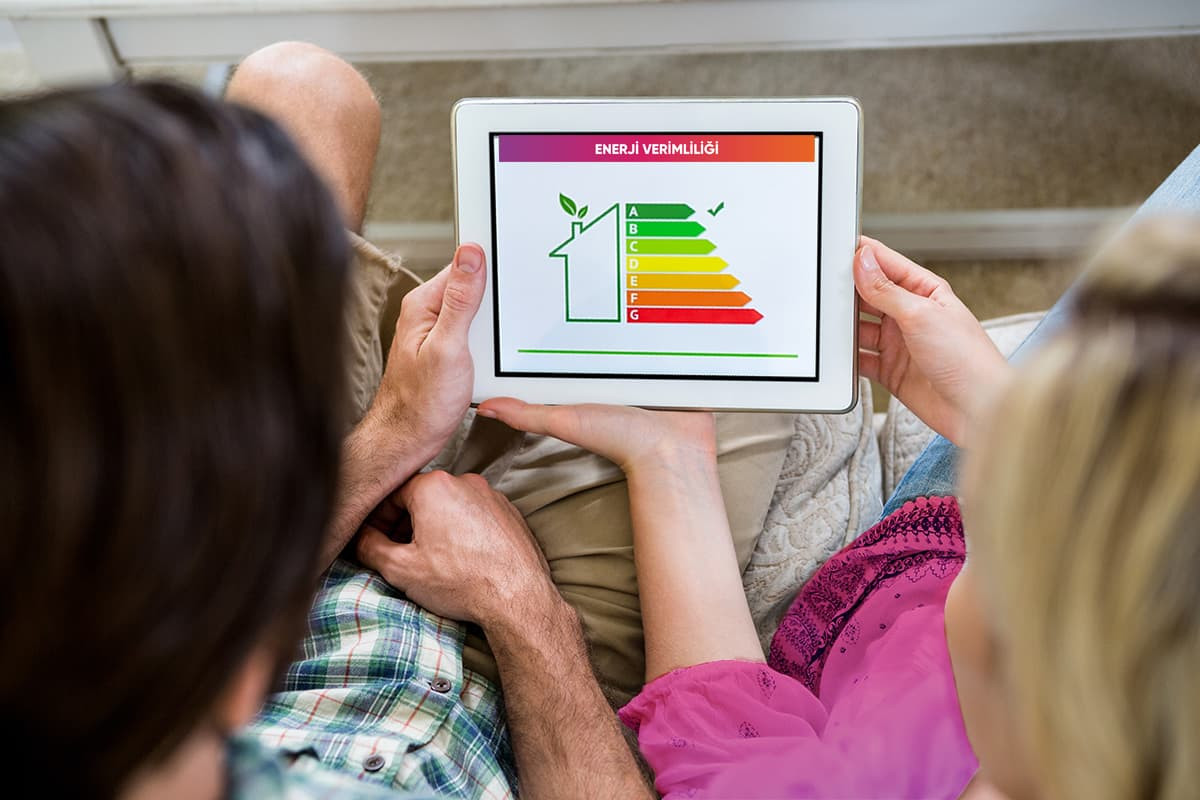


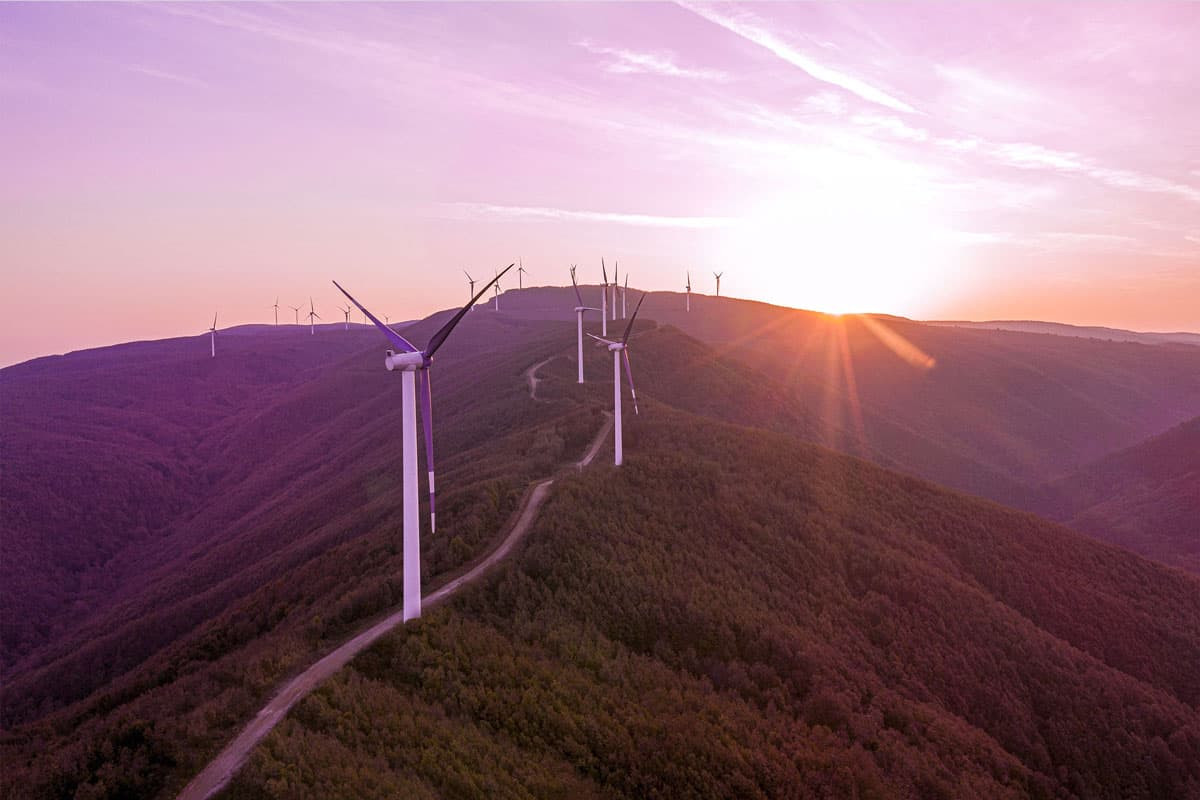
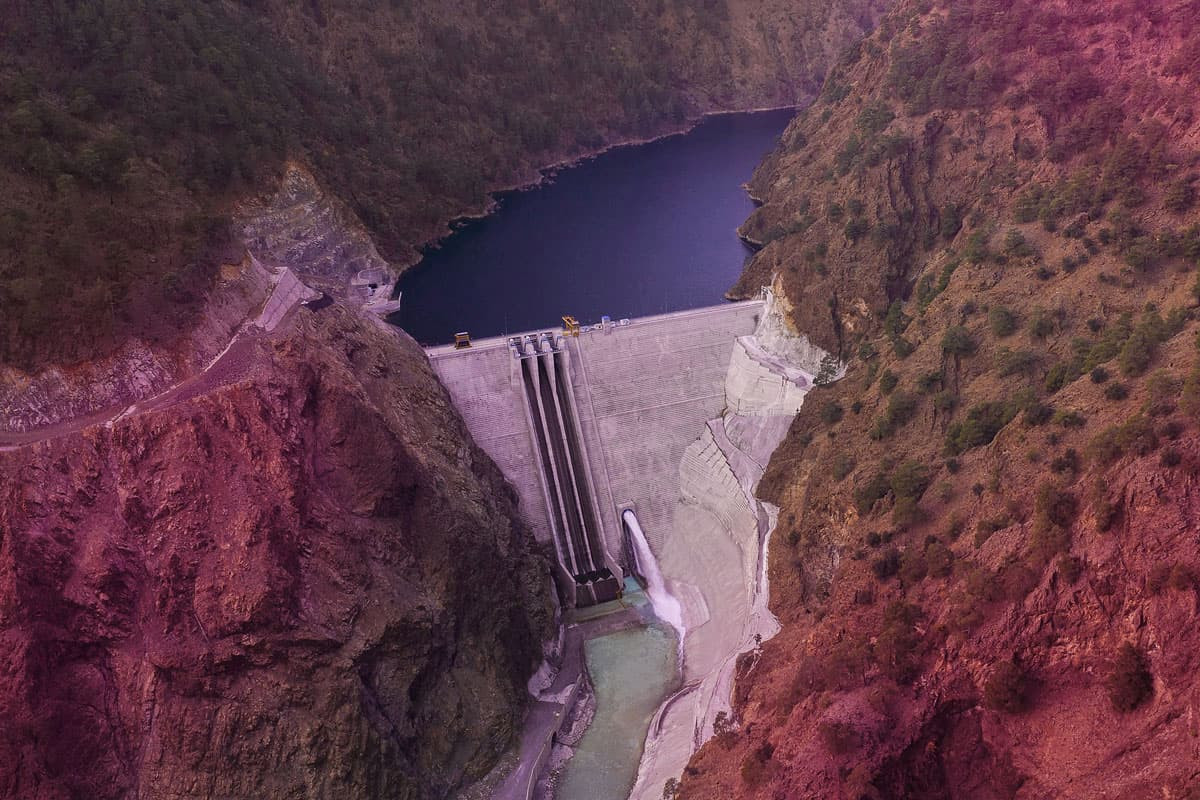
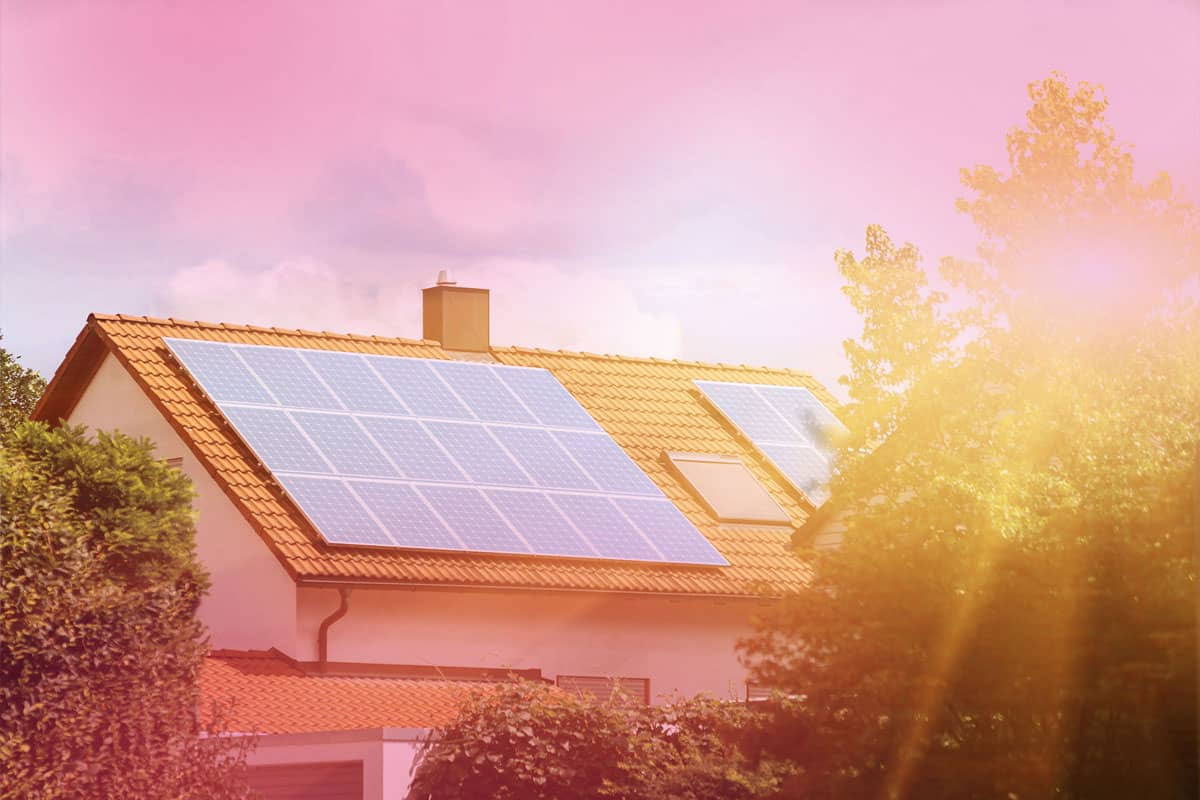

Leave a Comment